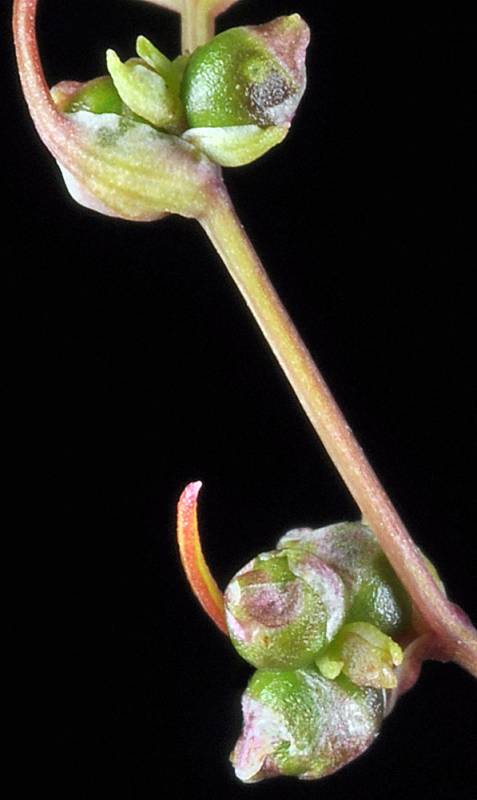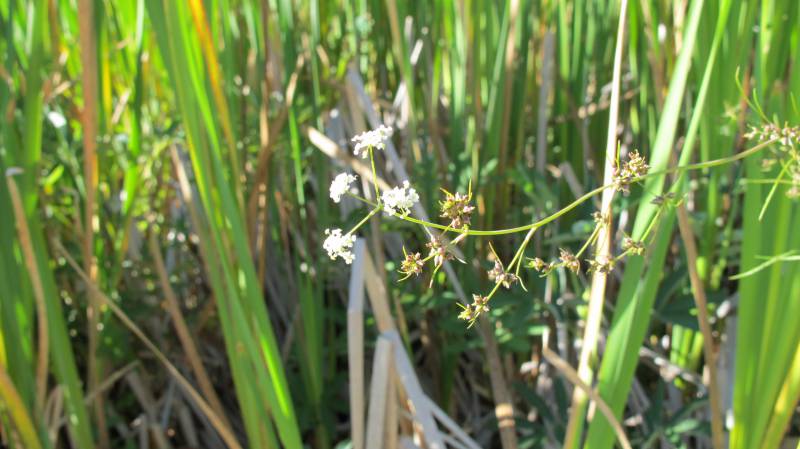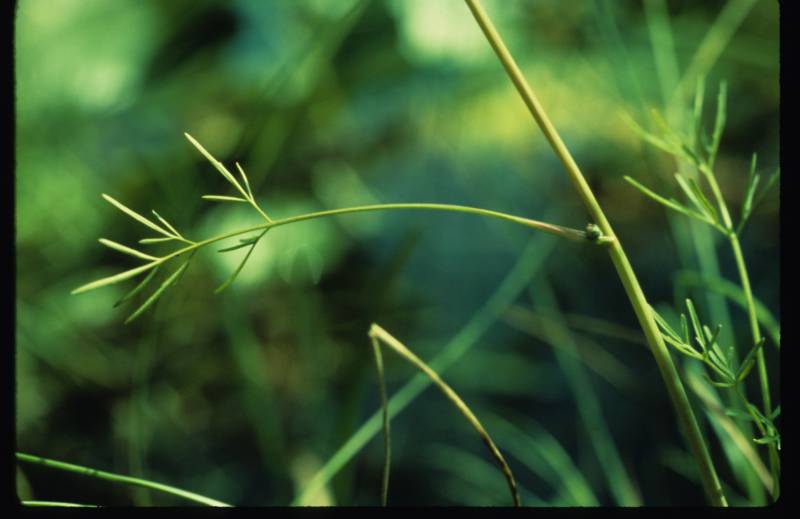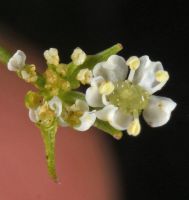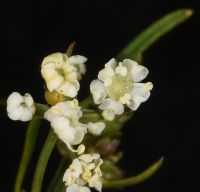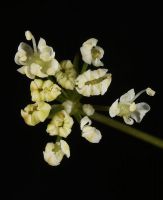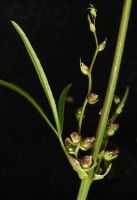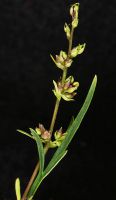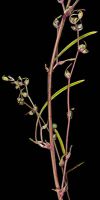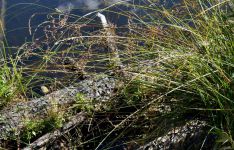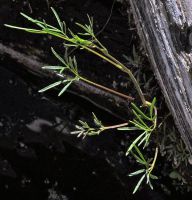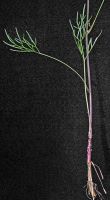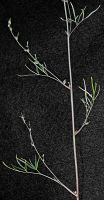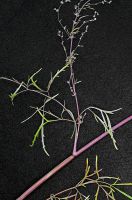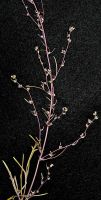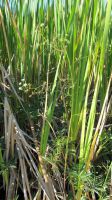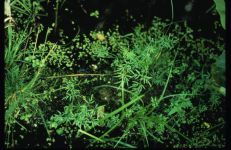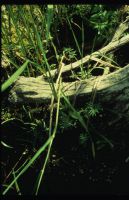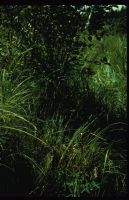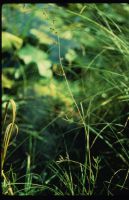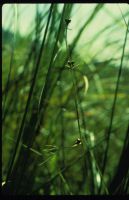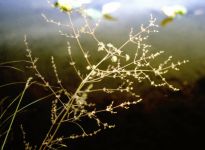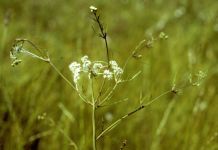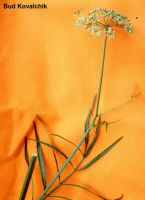Distribution: Occurring in scattered locations on both sides of the Cascades crest in Washington; British Columbia to southern Oregon, east to Newfoundland and Virginia,
Habitat: Marshes, bogs, wet meadows and standing water, lowlands to mountain valleys.
Flowers: July-September
Origin: Native
Growth Duration: Perennial
Conservation Status: Sensitive in Washington (WANHP)
Edibility: EXTREMELY TOXIC EVEN IN SMALL AMOUNTS WHEN INGESTED BY HUMANS AND LIVESTOCK.
Pollination: Generalist
Slender, glabrous, usually single-stemmed perennials, 3-10 dm. tall, the stem not much thickened at the base and sometimes without thickened roots.
Leaves all cauline, the lower and middle ones dissected, with narrowly-linear, usually entire segments 0.5-4 cm. long and 0.5-1.5 mm. wide; the upper leaves reduced, with fewer segments or undivided, many of them bearing axillary bulbils.
Umbels frequently wanting, or present but not maturing fruit; umbels compound, the rays 1-2.5 cm. long, involucre wanting; involucel of several narrow bractlets; calyx teeth evident; petals 5, greenish-white.
Stylopodium depressed; fruit orbicular, glabrous, 1.5-2 mm. long, the ribs broader than the narrow intervals.
EXTREMELY TOXIC EVEN IN SMALL AMOUNTS WHEN INGESTED BY HUMANS AND LIVESTOCK.
Publication: Sp. Pl. 1: 255. 1753.
PNW Herbaria: Specimen records of Cicuta bulbifera in the Consortium of Pacific Northwest Herbaria database
WA Flora Checklist: Cicuta bulbifera checklist entry
OregonFlora: Cicuta bulbifera information
E-Flora BC: Cicuta bulbifera atlas page
CalPhotos: Cicuta bulbifera photos

